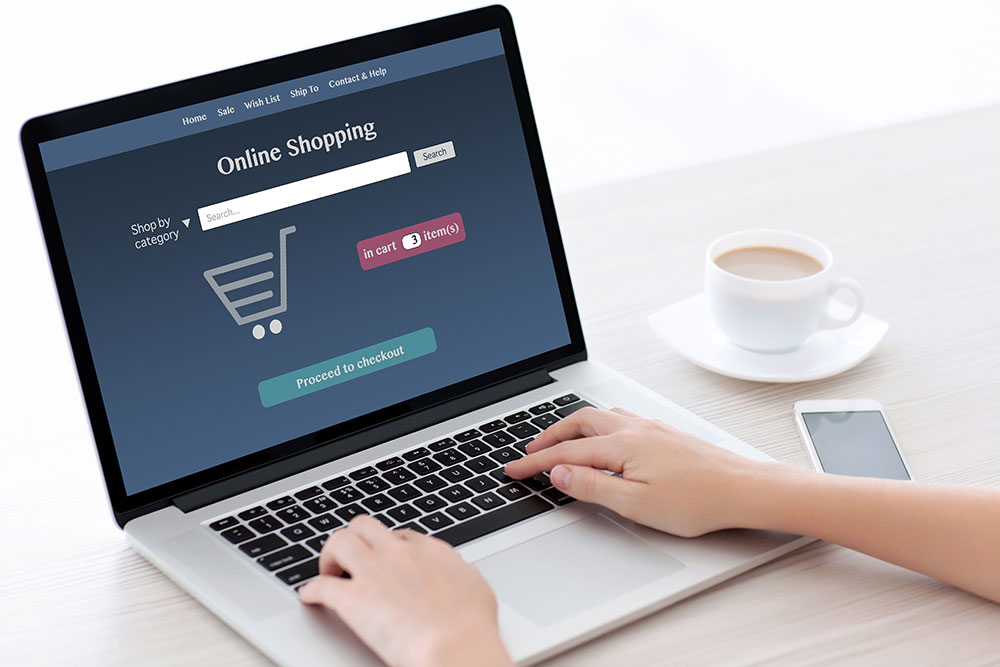
As technology quickly progresses, our shopping habits are evolving in new ways as well. More of us are forgoing trips to the mall in favor of shopping while at home or on the go. Motivated by convenience, easy price comparisons and wider variety, we are increasingly shopping online from our computers, tablets and mobile phones.
In spite of this shift, many consumers remain hesitant to make purchases online because of concerns about online security. According to Deloitte, 51 percent of shoppers are more concerned about the online protection of their personal data than one year ago. Following the Target and Home Depot breaches, more consumers have become smarter about the risk of their information falling into the wrong hands – but what are they doing about it?
As people who spend a large part of our waking hours online, we need to take steps to educate ourselves, swap our bad habits for good ones and take back control. In light of this, here are four tips to protect yourself while shopping online, no matter your device of choice:
- Connect with secure wi-fi or switch on your device’s data network. One of the biggest mistakes people make is doing their online shopping using a public wi-fi network. There’s nothing wrong with bolstering your wardrobe while relaxing at the local Starbucks, but just make sure you’re on a secure network before entering any personal or financial information.
- Don’t store credit cards in browsers or online accounts. Filling out those online shopping cart forms may seem tedious, but don’t give in to the sites that offer to store your information for future purchases. You’re only trading in security for convenience. Either fill out that information each time you make a purchase, or take advantage of a digital wallet. Password Boss’ digital wallet securely stores your credit card and personal information, encrypts it with bank-grade security and then automatically enters it all when you’re checking out.
- Look for locked HTTPS connection. You should never enter your information into a non-HTTPS site. Most browsers will display this in the URL field. For example, if there’s a green padlock in your browser’s URL field, you are on a secure HTTPS site. If there’s a red ‘X’ in that field, you know that your data is not secure.
- Monitor your credit card and bank statements. While there are many strategies and tools that help you prevent the theft of your personal information, hackers are becoming more sophisticated. But if you’re continuously aware of your financial activity, you will be able to detect any unusual transactions early on. Don’t just rely on your banks and credit card companies to do the monitoring for you. Some free tools that are useful for keeping tabs on your finances include Mint and Money Dashboard.
By following these tips, you’ll be one step closer toward having greater control over your online information while taking advantage of the conveniences that online shopping offers. Make 2015 the year you change your security habits for the better.
